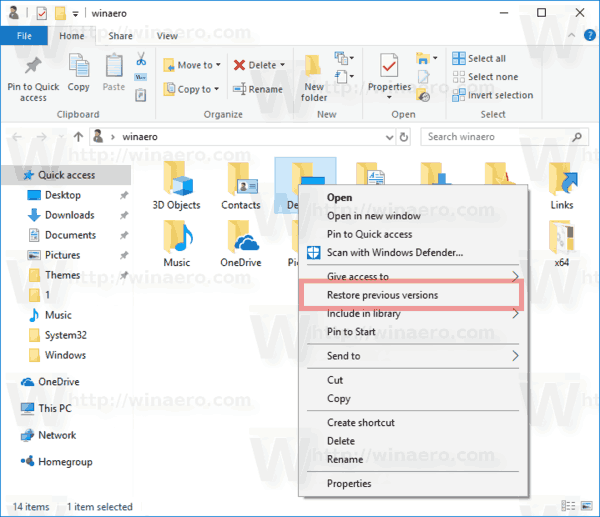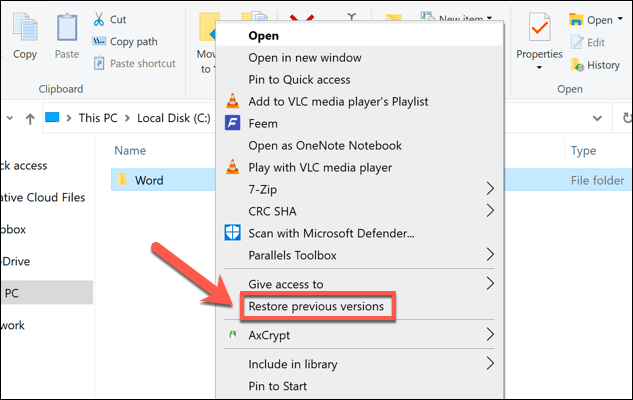
If your hard drive is not connected or you want to remove it, you can do that as well. Windows automatically saves changed files on the selected hard drive in the “file history” folder. The system will automatically start backing up your current File changes history.Once you have Selected the Drive, click on the “ Turn On” button.It is recommended to select an external USB drive or NAS network drive to play safe, in case there would be any hardware failure. You will get the list of all connected hard drives both internal and external.


An on/off slider will now appear under a new heading called “Automatically back up my files.” IDGĬlick on More options to change File History’s defaults.īy default, Windows 10’s File History will back up all the folders in your User folder, back up your files every hour (as long as the backup drive is available), and keep past copies of your files forever. You’ll see a prompt to choose an external drive, choose the one you want, and that’s it. Once you’re there, hook up your external hard drive to Windows and then in the Settings app click the “+” next to Add a drive.

File History before it’s activated in Windows 10.


 0 kommentar(er)
0 kommentar(er)
